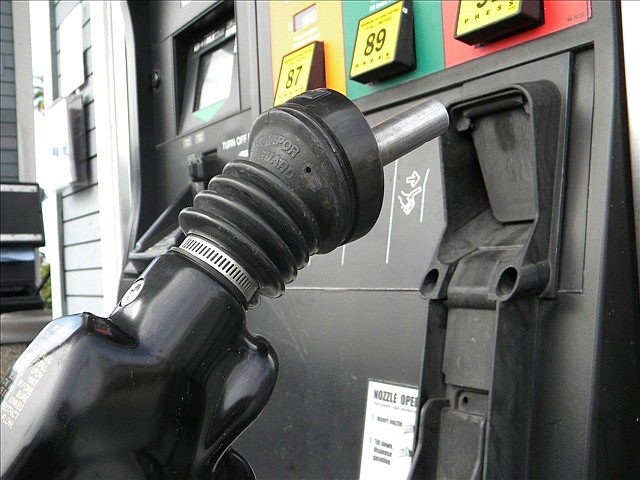Anyone who hit the road over this past Memorial Day weekend undoubtedly felt the pain of higher gas prices, up around 30 percent on average over last year. AAA reports that the average price for a gallon of regular was just shy of $3 on Monday, compared with $2.37 one year ago. Since we're all stuffing more dollar bills into the tank, it is useful (if not necessarily palliative) to understand just how gas prices are determined.
The first commercial oil well was drilled in 1859 in Titusville, Pennsylvania, to produce kerosene to replace whale oil as a fuel for oil lamps. Gasoline, a byproduct of the refining process, was initially discarded as a waste product. By 1892, the development of the automobile created a market for gas that has played a major role in global economics ever since.
The retail price of a gallon of gas is made up of four primary factors. Most important is the price of the raw material, crude oil. The value of a barrel of oil fluctuates on the world market according to supply and demand factors, and accounts for 50 percent of the cost of gasoline. Recent output cuts by OPEC, geopolitical disruptions in Venezuela, Libya and Iran, and burgeoning global demand due to economic growth have driven oil prices significantly higher over the past year, accounting for the lion's share of the hike in gas prices.
The next most important constituent of fuel prices is federal, state and local taxes. Gas taxes account for 19 percent of the price of regular gas, or 56 cents per gallon today. Uncle Sam's take is 18.4 cents (last increased in 1993). State tax rates vary widely, from 58 cents per gallon in Pennsylvania to just 12 cents in Alaska, and local taxes average around 4 cents per gallon. Tax revenues from fuel sales are generally earmarked for highway construction and maintenance.
The third factor in determining retail prices is distribution and marketing. This component includes transportation costs from the refinery to the gas pump, blending with additives or ethanol, advertising, overhead and dealer profits. These items contribute about 17 percent or roughly 50 cents of the retail price.
Finally, 14 percent of the retail price of gas is accounted for by refining costs and profits. Turning crude oil into useable commodities like gasoline, diesel fuel and other petroleum products is a complex process which accounts for about 42 cents per gallon of the current price of gas. There are about 140 petroleum refineries currently operating in the US, down from 164 just 20 years ago.
Most of us have observed significant fluctuations in gas prices even during periods of relatively stable oil prices. In the short run, the pump price rises in response to seasonal increases in demand, as motorists drive more during the summertime. Furthermore, AAA expects a 5 percent increase in miles driven this summer over last, adding to gas demand.
In addition, refining output is also subject to seasonal variation. Federal and state environmental regulations require the reformulation of motor fuels during the summer to reduce volatility (tendency to evaporate) during the hotter months. Reformulated gas is more expensive, and refineries shut down in the spring to retool, limiting supply during the changeover. On average, gas prices are 36 cents higher in August than in January due to purely seasonal factors.
Expect gas prices to retreat as the heavy summer driving period gives way to fall, refineries shift back over to cheaper winter gas blends, and U.S. domestic oil production continues to expand. Happy motoring!
Christopher A. Hopkins, CFA, is a vice president and portfolio manager for Barnett & Co. in Chattanooga.
| Lowest Gas Prices in Chattanooga |
| Chattanooga Gas Prices provided by GasBuddy.com |

